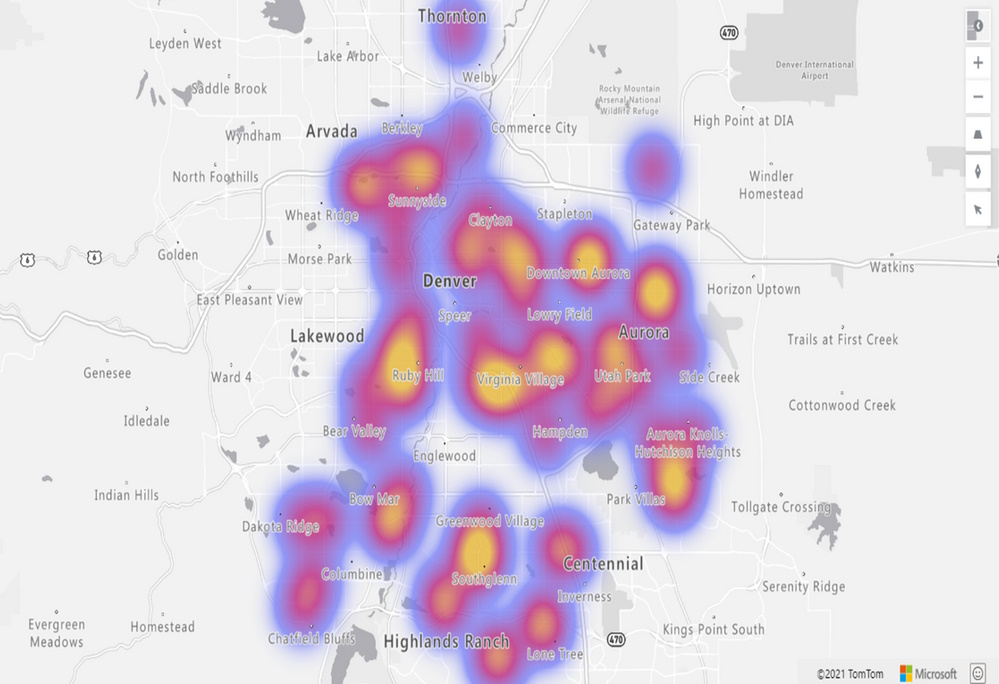Building a personal AI chat assistant with semantic search
Why I Built an AI Assistant for My Blog
I wanted my blog to do more than list posts. I wanted visitors to be able to ask natural questions about me, my work, and anything I’ve written, and get answers that cite the right articles without me hand. In my previous post I laid the infrastructure groundwork by running n8n on Azure as an orchestration layer. This article goes deeper into how I assembled the chat assistant itself and wired it to semantic search so it actually “knows” my content rather than doing a brittle keyword lookup.

































